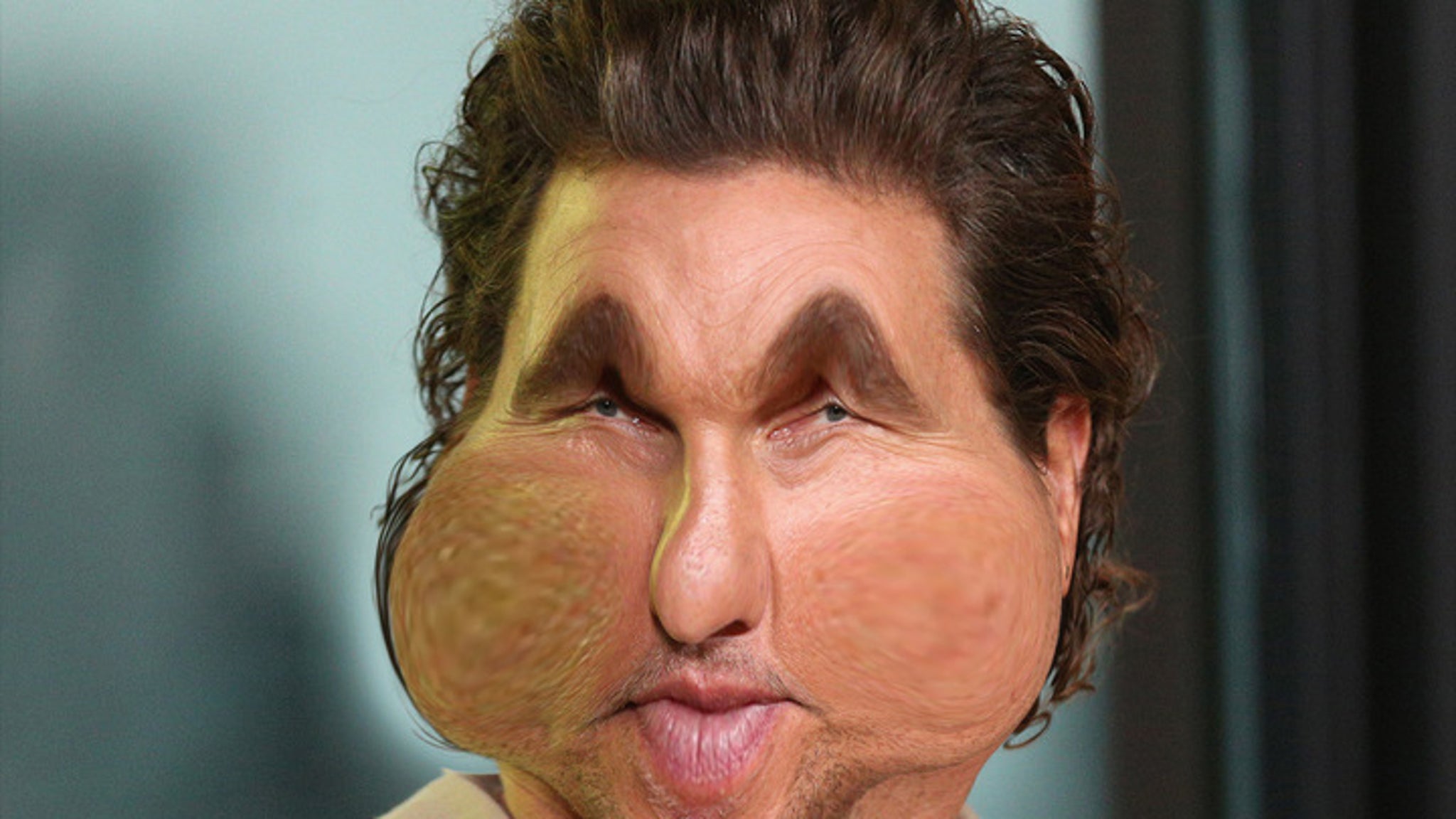Fashion
A Helsinki Exhibition Showcases Watches by Kari Voutilainen

A 10-time winner at the Grand Prix d’Horlogerie de Genève, the annual industry event often called the “Oscars of watchmaking,” Kari Voutilainen is among the most prestigious figures in independent horology.
And in March, his work actually went to the Academy Awards: Cillian Murphy, who won best actor for “Oppenheimer,” wore a yellow gold brooch by the Hong Kong design house Sauvereign that Mr. Voutilainen had finished in guilloché, the decorative patterning that has become his signature.
But Mr. Voutilainen, who has lived and worked in Switzerland for more than 30 years, has not forgotten his roots. In late April, he visited his native Finland to open a small but comprehensive exhibition showcasing his career.
“Voutilainen: The Art of Watchmaking” is scheduled to run through Sept. 29 at the Finnish Museum of Horology and Jewellery Kruunu in Espoo, a city just outside the capital, Helsinki. The exhibition features 31 watches by Mr. Voutilainen as well as sketches, photographs and videos connected with his work.
Despite a spring snowstorm on the opening day that disabled Helsinki’s network of street trams and temporarily halted its light rail system, about 130 people turned out to greet Mr. Voutilainen, who grew up in the northern port city of Kemi and attended the Finnish School of Watchmaking, headquartered in Espoo.
“It’s been really interesting,” Mr. Voutilainen, 61, said in a phone interview a few days later. “The exhibition has made me really stop and think about what we have been doing for the past 35 years. And I start to realize that we really have been doing a lot of things.”
Those “things” have included designing timepieces for his private label, Voutilainen; overseeing his case- and dial-making businesses and, most recently, renovating a former horology school in Fleurier, Switzerland, into a guilloché atelier to work on his creations as well as those of client brands.
Mr. Voutilainen said the new workshop, scheduled to open in August, would use tools and machines that once belonged to Brodbeck Guillochage, the workshop of the acclaimed guillocheur Georges Brodbeck, and do business under that name.
It also will allow his own brand, headquartered in the Swiss town of St. Sulpice, to expand. By basing some of its artisans in the new atelier, the brand “can have a few watchmakers more and we can make a new workshop for the unique pieces, small series and prototypes,” he said. “So we will have much more space.”
“Why Not?”
Mr. Voutilainen said he initially was hesitant to accept the museum’s offer of an exhibition. Collectors in the United States and Europe would have to agree to loan their watches and then ship them to Finland, which would not be easy, he said.
But, “with more thinking, I was thinking, ’Actually why not?’” he said. “It’s a way to show the work that we’ve been doing. It’s also for me a way to show the generation of young guys what we have been doing, and that we can do things with our lives, but it takes time and motivation and energy.”
The exhibition also features the 10 models from the Voutilainen X Leijona collection, his collaboration with the 117-year-old Finnish brand Leijona that began in 2019. (Leijona watches, according to its website, have been “the first watch owned by many Finns” — and Mr. Voutilainen was among them.)
One exhibit is particularly dear to Mr. Voutilainen: a pocket watch he created in 1994 while working for the restoration atelier Parmigiani Mesure et Art du Temps. “It was my free-time work,” he said. “I was working, but I did that work during my evening time and on weekends.”
Two years later, the tourbillon timepiece was displayed at an exhibition in La Chaux-de-Fonds, Switzerland, bringing him to the attention of collectors and other watchmakers. (A tourbillon is designed to counteract the effects of gravity on a watch’s timekeeping accuracy.)
Mr. Voutilainen said he paid homage to that pocket watch this year with a small series of tourbillon timepieces, one of which has been included in the exhibition.
“So those two things,” he said — referring to the pocket watch and the new tourbillion — “they are pretty meaningful for me in the way that they are connecting a little bit of history.”
Watches and Jewelry
The museum officially opened in 1988 as the Finnish Museum of Horology in the basement of the Finnish School of Watchmaking, which was founded in 1944 and moved to Espoo in 1959 from Lahti, a city about 105 kilometers (65 miles) north of Helsinki. The museum, which has moved a few times over the years, came to its current 220-square-meter (2,370-square-foot) site in 2021
Essi Pullinen, the museum’s director, said that same year it expanded its focus to include jewelry. And, she added, it decided to store its permanent collection of watches and clocks to create space for six-month-long exhibitions of work by Finns such as Mr. Voutilainen, as well as the occasional small, short-term display, too.
In 2022, for example, the museum displayed creations by the jewelry designer Bjorn Weckstrom. His brand, Lapponia, was Finland’s best-known jewelry name internationally until it was discontinued in 2020. (Among “Star Wars” fans, Mr. Weckstrom is celebrated for his Planetoid Valleys necklace, which Princess Leia wore in the final scene of the first film.)
According to Ms. Pullinen, who is a goldsmith, the museum’s dual focus has been well-received by watch and jewelry enthusiasts.
“Watches and jewelry in Finland have traditionally been sold together in the same shops,” she said. “So, in the eyes of the customer, they are almost like one.”
























